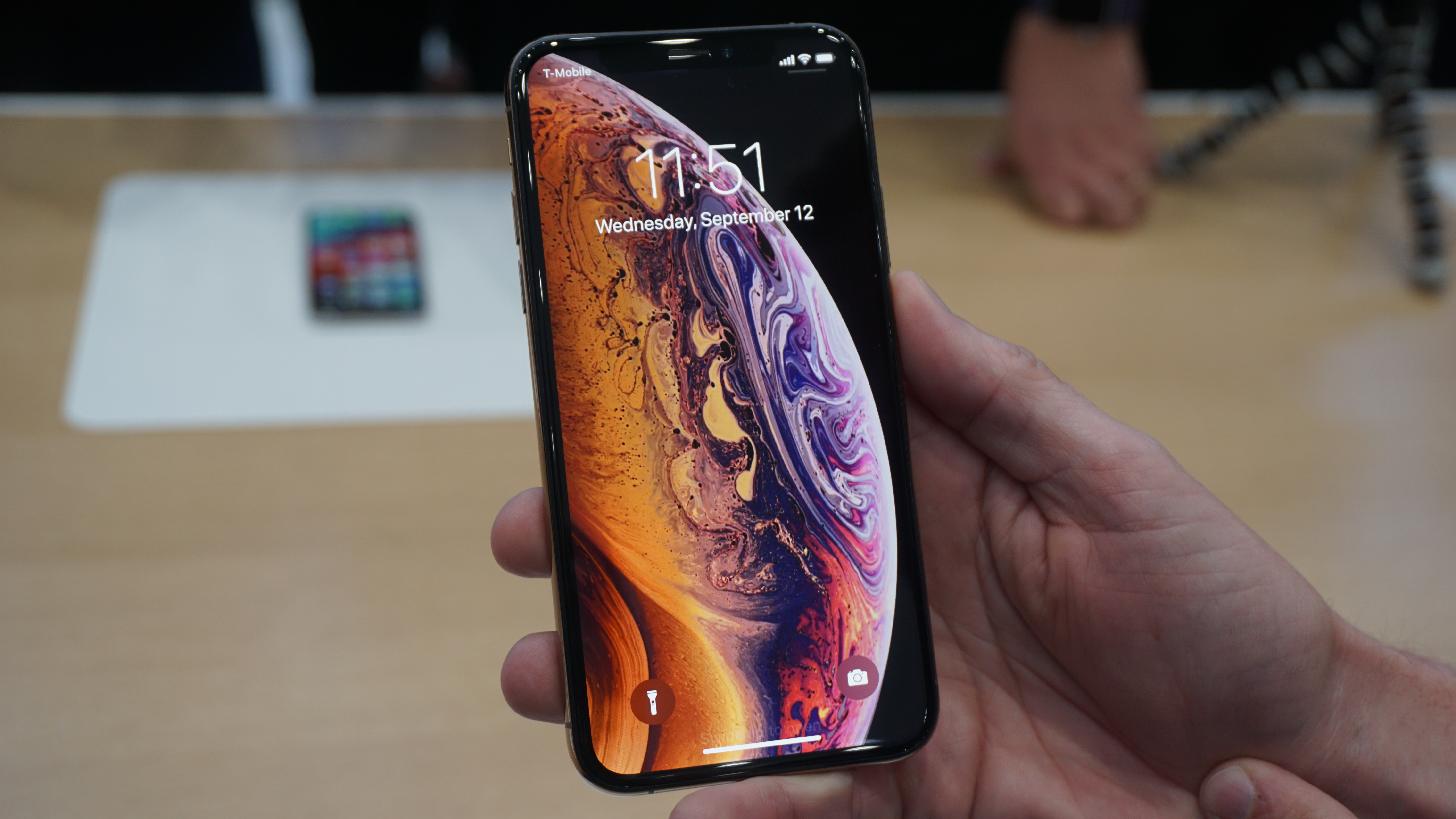INSUBCONTINENT EXCLUSIVE:
The launch of a new iPhone is always a significant time of year for mobile operators
compelling reason to upgrade.And with iPhone owners, the issue is even more acute
Whereas manufacturers in the Android market compete on features and price, most iPhone users will only ditch their current device for
another iPhone.The iPhone XS, XS Max and XR hope to appeal to those seeking a premium device, while price reductions for the iPhone 7 and 8
will look to attract more price-conscious buyers
physical Nano SIM card, the iPhone XS and iPhone XS Max include support for a software-powered electronic SIM card
Embedded SIM cards have been included in a number of Android-powered devices, while they are an essential component of cellular-powered
Internet of things (IoT) devices.Apple itself has been a supporter of the technology, including its Apple SIM standard in the iPad Air 2,
and using an embedded SIM for the LTE variants of the Apple Watch.As has been the case with so many smartphone innovations in the past, such
hardware and software means it has been the one to take them mainstream.This is why eSIM support in the iPhone XS and XS Max is so
operators a lot to think about
alongside the e-SIM capability, but if it eventually decides to get rid of the physical SIM it will have significant implications for how
After all, the requirement to physically change a SIM card is one of the greatest barriers to switching networks if a customer is
unsatisfied.The ability to change networks with the tap of a phone will allow users to pick from a wider range of services
Many operators offer customers the ability to change their mobile package if their data needs change, but eSIM would allow them to pick from
tariffs from multiple suppliers.Similarly, someone might want to move to a different network for a short period because their coverage is
superior in a certain area.Dual SIM supportHowever, with Ofcom making it easier for consumers to leave their operator by simply sending a
text message, it might be wiser for operators embrace the change as eSIMs can open up new service types and revenue streams.Roaming is the
most obvious area that can be transformed
An iPhone user might have a physical SIM card for their home network but will be able to take out a short-term deal with a local operator if
waiting for Dual-SIM support for their personal and business lines for some time
Apple has been successful with this type of delayed technology roll-out before: when Apple made iPhones water resistant, it had a
costsThe launch of the new iPhones also validates two other industry trends
The first is that the average smartphone screen size is increasing, while the second is that increasing prices can offset shrinking
The iPhone XS and XS are even more expensive, while having a higher launch cost gives Apple greater scope for discounts later in the
offering its widest portfolio of iPhones to date
The iPhone X S and X S Max will appeal to long-time iPhone owners looking to upgrade, while the iPhone X R offers most of the features of
the top-of-the-range devices at a much lower price, albeit with a less capable camera and screen
With the iPhone 7, 7 Plus, 8 and 8 Plus all staying in the market, Apple has marshalled a line-up that will daunt its

